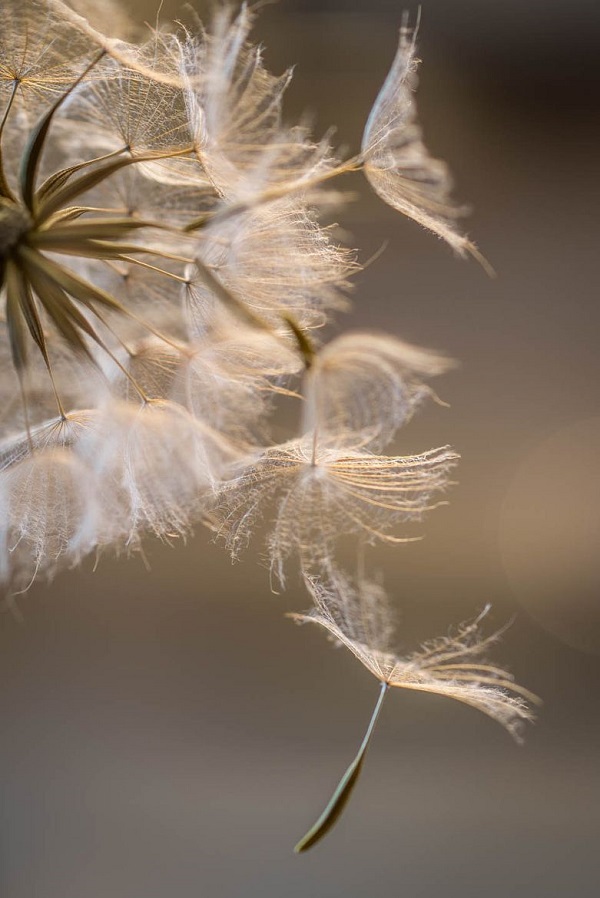FWP:
SETS == WORDPLAY
DOOMSDAY: {10,11}
This is a lovely verse of wordplay. The word havaa can mean either 'desire' or 'breeze'; for a verse that plays (even more clearly) with this double sense, see {8,3}.
If we take havaa to mean 'desire', then we have the heart longing to see the beloved's coquettish style of walking. This desire makes the heart a 'Doomsday' of restlessness. Although ma;hshar literally means 'gathering-place', it's often used, by extension, synonymously with qiyaamat , for the Day of Judgment, and thus metaphorically for any great, terrible, catastrophic situation-- and see the definition above, which includes the idiomatic ma;hshar-;xiraam . This 'Doomsday' scenario is doubly appropriate because it's so common in the ghazal world for everything the beloved is or does to be referred to as a 'Doomsday' in its power and effect: for many examples, see {10,11}. So the lover's heart is a final gathering-place, beyond the grave, of all the 'restlessness' in the world, all collected together in one ultimate, doomed, desire: not even to possess the beloved, but merely to behold her deadly, irresistible way of sauntering along.
If we take havaa to mean 'breeze', then we have an actual physical effect: as the beloved walks along, the breeze of her passage (bearing, as it always does, traces of her intoxicating perfume) reaches the lover. And just as the same breeze disorders the wounded lovers in {8,3}, causing them to writhe, here too it inwardly disorders the lover, causing him to feel all the restlessness in the world: he is 'blown' into a state of 'instability' and 'fluctuation' that is itself very like the movement of the breeze.
Also enjoyable is the word- and meaning-play involving the two poles of being 'collected' or 'gathered', versus being 'restless' or 'unstable'. (For an intriguing parallel, see the use of pareshaan in {111,8}.) The heart is a 'collection-place' for a state in which one can't 'collect' oneself.
Since mahshar already explicitly contains
the idea of 'place', why do we need to call it a mahsharistaan
, a 'gathering-place-place'? I can't see any benefit to the verse from the
redoubled 'place' information. Could it be that we're actually catching Ghalib
in a small bit of 'padding'? On the question of padding in general, see {17,9}. And for a much more egregious case of adding istaan , see {226,8x}.

Nazm:
The cause for affinity is that they always use ma;hshar as a simile for ;xiraam . (177)
== Nazm page 177